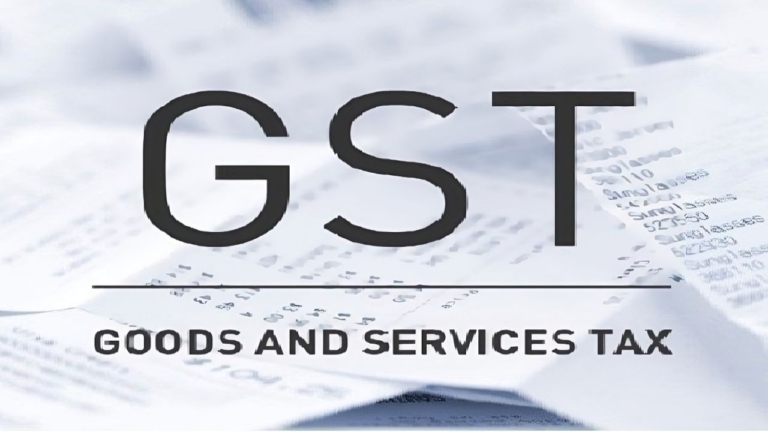According to the information provided to Lok Sabha by the Finance Ministry, the government has registered over 26,250 cases of GST invoice fraud nationwide, with an estimated amount of Rs. 1,15,457 crore in losses, occurring between the fiscal years of 2018-2019 and 2022-2023.
What is a GST invoice?
A seller or supplier generates a GST invoice for the purchaser of the goods and services. Such an invoice contains all the necessary information, including the names of the buyer and seller, the product’s name and description, the number of goods or services purchased, information about the supplier, the date of purchase, any discounts, etc.
What is a fake GST invoice?
According to the Union Ministry of Finance, a fake GST bill is created in the absence of any real delivery of goods or services or GST payment. Such a fake GST invoice is usually generated for the purposes of laundering money, turning tax credits into cash, registering fictitious purchases, and GST evasion.
How does GST invoice fraud happen with fake GST invoices?
False invoices are issued purely for the purpose of obtaining input tax credits (ITCs) without actually providing any goods or services. Untrustworthy individuals end up obtaining false GST registrations by misusing the identities of other people in an effort to defraud the government.
What is the utilization of input tax credit?
The term “input credit” refers to the process wherein the seller deducts the tax paid on inputs from the output tax due and pays the remaining balance. A person pays taxes on purchases made from a registered dealer while making a purchase of a good or service. They collect the tax when they sell. The taxes paid at the time of purchase are subtracted from the output tax amount, leaving a balance of taxes due to the government (tax on sales minus tax on purchase). This process is called the utilization of input tax credit.
References:


